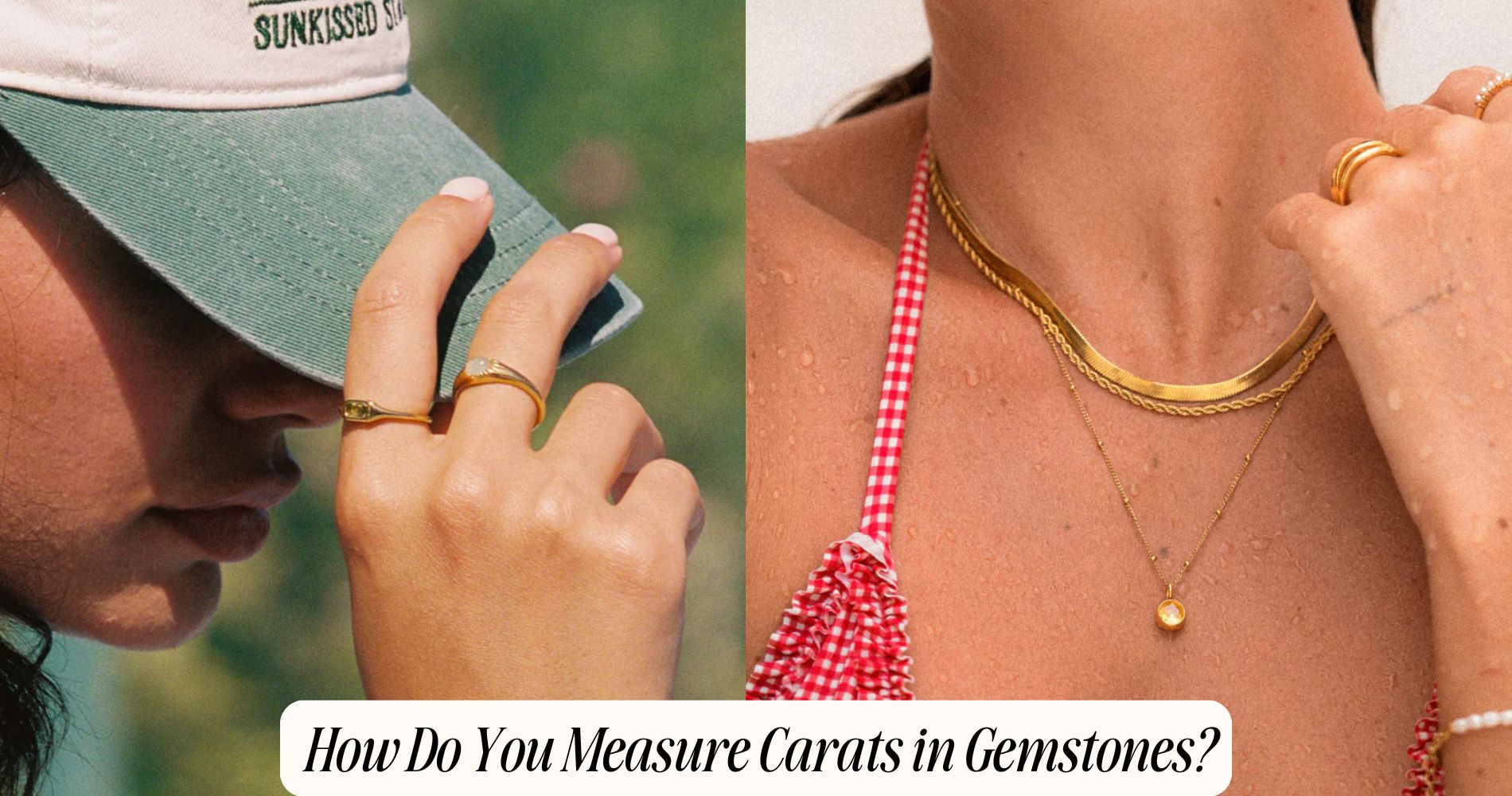
How Do You Measure Carats in Gemstones?
How do you measure carats in gemstones? It starts with using a precision digital scale calibrated to the standard metric carat—equivalent to 200 milligrams. To get an accurate reading, place the clean, dry gemstone in the center of the scale, making sure the environment is stable and free from drafts. Keep in mind that carat refers to the gemstone’s mass, not its size, and even the slightest difference can impact its value. Mastering this process is essential, especially when working with durable pieces like those found in our Waterproof Jewelry collection.
Understanding the Definition of a Carat
Although the term "carat" frequently appears in gemstone valuation, it's essential to understand its precise scientific definition. When you encounter carat terminology, remember that a carat is a standardized unit of mass, specifically equal to 200 milligrams (0.2 grams).
You’ll use the metric carat, symbolized as “ct,” to quantify gemstone weight with high accuracy. Carat significance goes beyond just measurement; it plays an important role in evaluating a gemstone’s market value, as even slight variations in carat weight can lead to substantial price differences.
Precision scales, often accurate to one-hundredth of a carat, guarantee that you determine a gemstone’s weight reliably. Understanding carat terminology lets you interpret gemstone grading reports, appraisals, and pricing structures with scientific clarity.
Historical Origins of the Carat System
When you trace the carat system's roots, you'll find its origins in ancient trade practices where merchants needed a reliable unit to weigh precious gems.
During ancient trading, traders used carob seeds due to their remarkably consistent mass, providing a primitive yet effective gemstone standard. This method helped maintain fairness and transparency, guaranteeing that buyers and sellers agreed on the value of gemstones based on uniform measurements.
Over time, various regions developed their own standards, leading to disparities in gemstone measurements and complicating international trade.
Eventually, the need for scientific accuracy in gemstone standards drove the adoption of a universal carat definition. By standardizing the carat, you guarantee precise cross-border transactions and eliminate confusion, fostering trust within the global gem market.
The Relationship Between Carat and Gemstone Weight
One carat precisely equals 200 milligrams, providing a standardized unit that directly links gemstone weight to its valuation.
When you measure a gemstone, you're quantifying its mass, not its size. This distinction is vital because gemstone density—also known as specific gravity—varies between different mineral species.
For example, a one-carat diamond and a one-carat sapphire will have the same weight but different physical dimensions due to their unique densities.
Understanding weight conversion is important; you can convert carats to grams by dividing the carat value by five, given the 200-milligram-per-carat definition.
Accurate assessment of carat weight requires you to account for inclusions or treatments that may alter the true mass.
Mastering these relationships guarantees precise gemstone valuation and comparison across diverse gem types.
Tools Used for Measuring Carats
Precision instruments form the backbone of accurate carat measurement in gemology. When you measure gemstones, you must rely on digital scales and other precision tools to guarantee exact results.
Modern digital scales offer high sensitivity, often calibrated to 0.001 carats, minimizing measurement error. These scales use electromagnetic force restoration technology, which delivers stable, repeatable readings. For even greater accuracy, use antistatic tweezers and gemstone trays to avoid contamination or loss during weighing.
Analytical balances equipped with draft shields are essential to prevent air currents from affecting measurements. You’ll also encounter calibration weights, which verify your instruments’ accuracy.
Don’t overlook the importance of a dust-free environment; even minuscule particles can alter results. With the right digital scales and precision tools, you’ll achieve reliable carat determination.
The Process of Weighing Gemstones Accurately
Although environmental factors can introduce error, achieving accurate gemstone weighing requires a methodical approach.
You'll need to select reliable weighing techniques and utilize precision scales calibrated to at least 0.01 carat sensitivity. Before weighing, verify the scale is on a vibration-free, level surface and away from drafts, as even minor air currents or temperature fluctuations can skew results.
Always clean the weighing pan and gemstone to prevent residue from impacting mass readings. Gently place the gemstone at the center of the scale, avoiding any pressure or force that might affect the measurement.
Record the reading promptly to minimize the influence of environmental changes. By systematically following these procedures, you’ll obtain reproducible, accurate carat measurements essential for proper valuation and gem identification.
Differences Between Carat, Karat, and Carrot
Understanding gemstone measurement requires distinguishing between similar-sounding terms that often cause confusion: carat, karat, and carrot.
In carat terminology, a carat (ct) refers specifically to a unit of mass used for gemstone classification, equal to 200 milligrams. When you assess gems, you’ll see carat weight listed as a primary specification, directly impacting gemstone classification and trade standards.
Karat (kt), by contrast, relates to gold purity, not weight—24 karat signifies pure gold, while lower numbers indicate gold alloys.
Carrot, meanwhile, is simply a root vegetable with no relevance to gemology or carat terminology.
How Carat Weight Influences Gemstone Value
Carat weight serves as a critical determinant in gemstone valuation, directly correlating with both rarity and market price. As you assess gemstones, recognize that carat value increases exponentially rather than linearly—larger stones are considerably rarer, which drives their premium in gemstone pricing.
For example, a two-carat diamond isn’t simply twice the price of a one-carat stone; it can be three to four times more expensive due to scarcity and increased desirability. Gemological laboratories weigh stones to the hundredth of a carat, ensuring precision in valuation.
You’ll find that even minor increases in carat weight can markedly impact market value, especially when surpassing popular thresholds (e.g., 1.00 or 2.00 carats). Always consider carat value alongside other quality factors for accurate gemstone pricing.
Common Misconceptions About Carat Size
Surprisingly, many people equate carat size with a gemstone's physical dimensions, assuming a higher carat always means a noticeably larger stone.
In reality, carat is a unit of mass, not size. This misunderstood carat concept leads to widespread weight misconceptions.
Gemstones of identical carat weights can appear vastly different due to variations in density (specific gravity) and cut proportions. For instance, a one-carat diamond and a one-carat sapphire won’t necessarily share the same millimeter diameter.
If you focus only on carat weight, you might overlook how depth, table size, and facet arrangement affect perceived size.
Understanding the distinction between carat (weight) and millimeter measurements (dimensions) is essential for accurate gemstone evaluation and avoids common pitfalls in gemstone selection.
Carat Measurement Standards in the Jewelry Industry
In the global jewelry industry, precise carat measurement relies on standardized systems to assure consistency and fairness in gemstone trading.
You use the metric carat, defined as exactly 0.200 grams, as the universal unit for weighing gemstones. Digital balances with high sensitivity provide accuracy to the hundredth or even thousandth of a carat, essential for carat grading and gemstone classification.
International bodies like the International Organization for Standardization (ISO) and the World Jewellery Confederation (CIBJO) set guidelines for these measurement protocols.
Standardized carat grading ensures that gemologists and traders interpret gemstone value uniformly, minimizing discrepancies in valuation.
Tips for Ensuring Accurate Carat Measurements
Although advanced digital balances have streamlined gemstone weighing, several factors can still compromise accuracy during carat measurement.
First, always verify your balance is calibrated using certified reference weights before beginning any measurement techniques. Environmental variables, such as air currents or vibrations, may lead to erroneous readings—work in a stable, draft-free environment.
Clean both the balance and the gemstone prior to weighing to remove residues that might skew results. When employing gemstone calibration, periodically check the instrument’s performance with known standards.
Handle stones with non-metallic tweezers to prevent static charges that could affect the balance. Record multiple readings and use the average to minimize random errors.
Frequently Asked Questions
Can Gemstones Lose Carat Weight During Cutting or Polishing?
Yes, you'll notice gemstones can lose carat weight during cutting techniques and polishing effects. Material is strategically removed to enhance clarity, symmetry, and brilliance, resulting in weight reduction due to cleavage, facet formation, and surface abrasion processes.
Is Carat Measurement Affected by Gemstone Treatments or Enhancements?
You should know treatment effects and enhancement methods usually don't alter a gemstone's carat measurement, since carat quantifies mass. However, treatments like heating or fracture-filling can sometimes cause minor weight loss or gain due to material loss or residue.
How Do Inclusions or Flaws Impact Carat Measurement?
You’ll find inclusion types and clarity grades don’t directly change carat measurement, since carat strictly quantifies weight. However, significant inclusions can lower market value and influence cutting decisions, sometimes resulting in lower final carat weight after processing.
Are Synthetic Gemstones Measured in Carats the Same as Natural Ones?
You’ll measure synthetic gemstones in carats just like natural ones—using precise mass. Synthetic characteristics or natural differences don’t affect the carat measurement, since carat is a metric unit (0.2 grams) independent of gem origin.
Can the Carat Weight of a Gemstone Be Estimated Without Removing It From Jewelry?
You can perform carat estimation during jewelry appraisal using gemological formulas based on visible dimensions and gemstone type. While you won't achieve exact precision without removal, scientific measurement techniques yield reasonably accurate approximations for mounted stones.
Conclusion
When you measure carats in gemstones, you’re quantifying precise mass using standardized metric units—one carat equals 200 milligrams. Always rely on a calibrated electronic balance for accuracy, and verify the stone’s clean and free from extraneous materials. Remember, carat weight directly impacts market value but doesn’t equate to visual size. By adhering to industry protocols and understanding these scientific principles, you’ll assure both accuracy and consistency in gemstone valuation and trading.







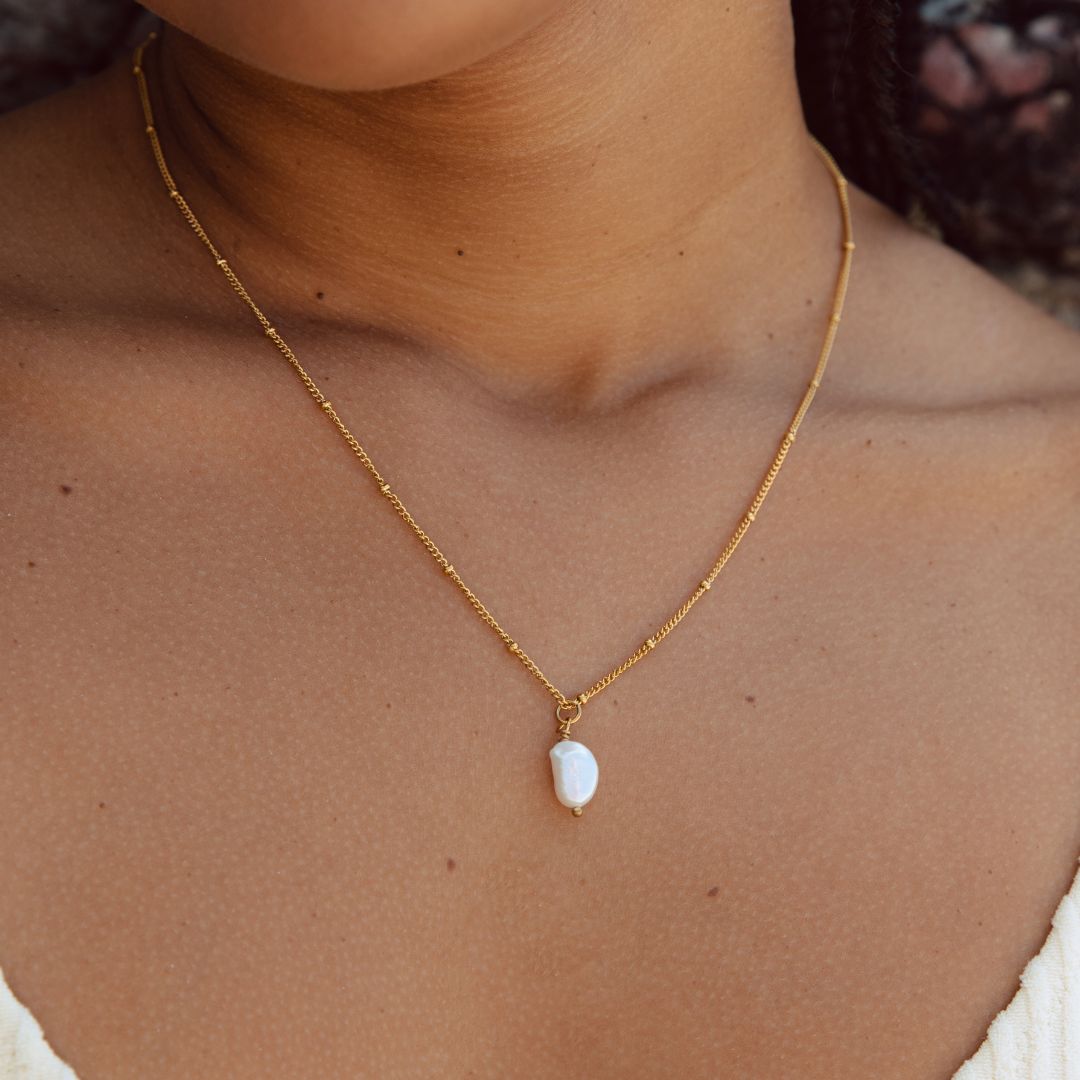

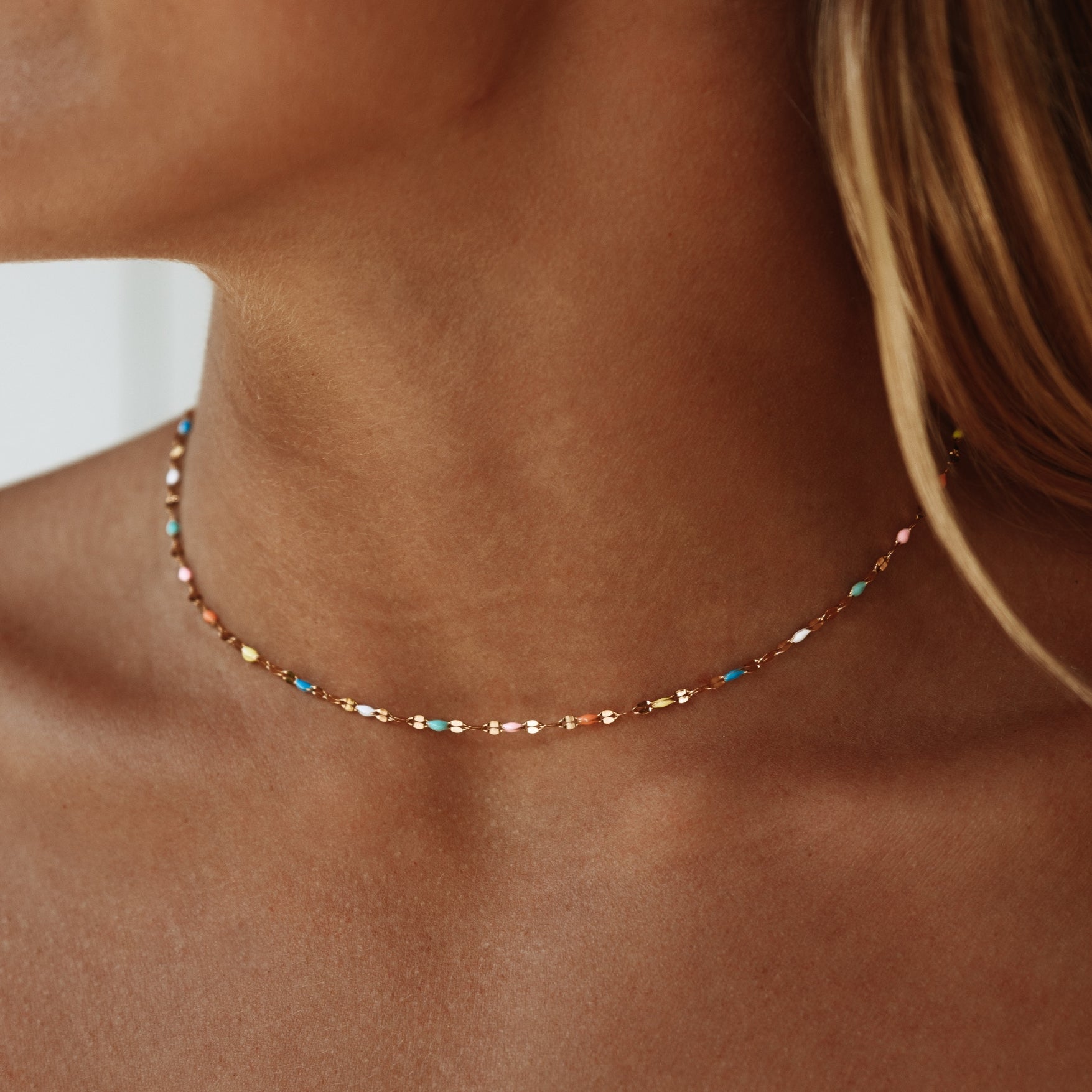


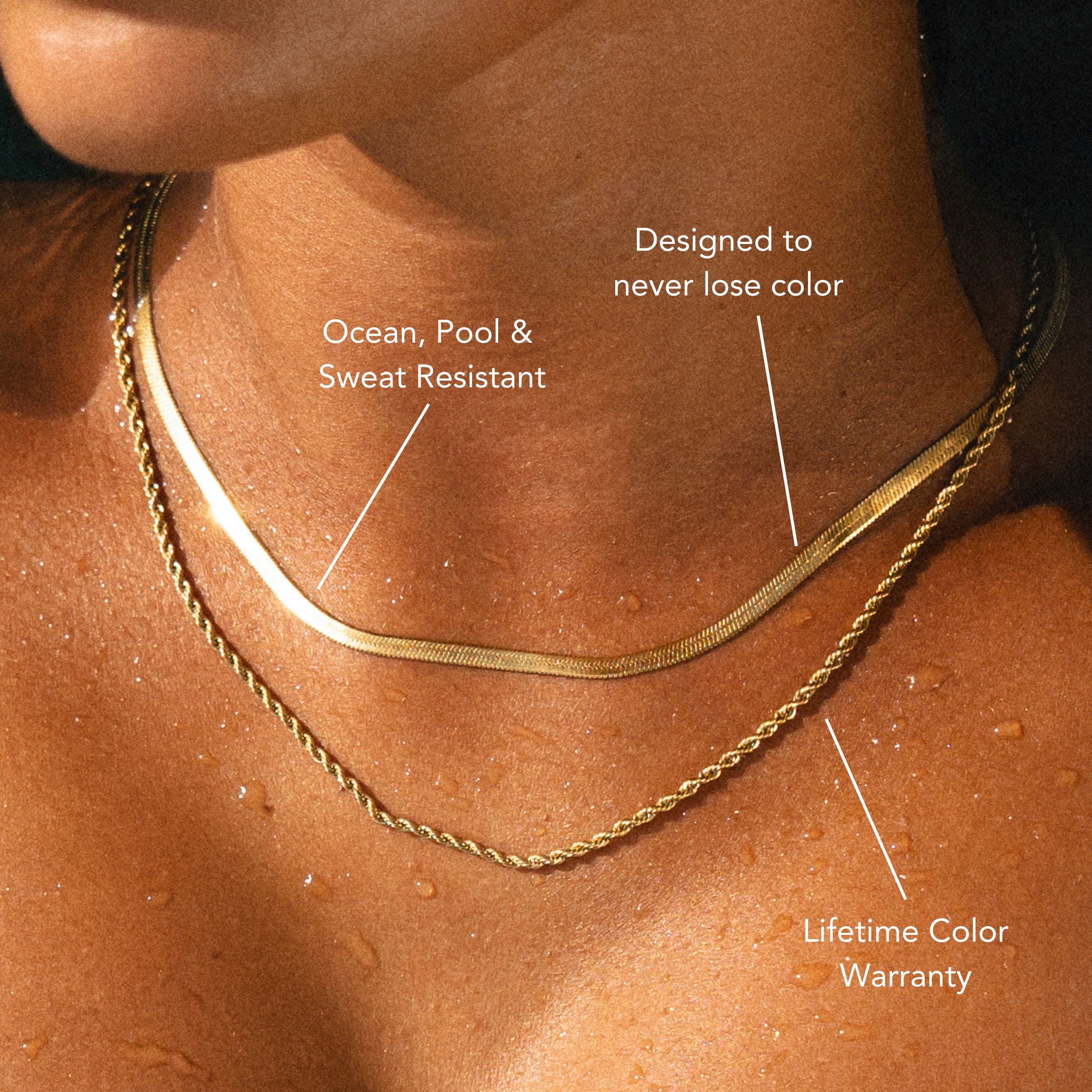
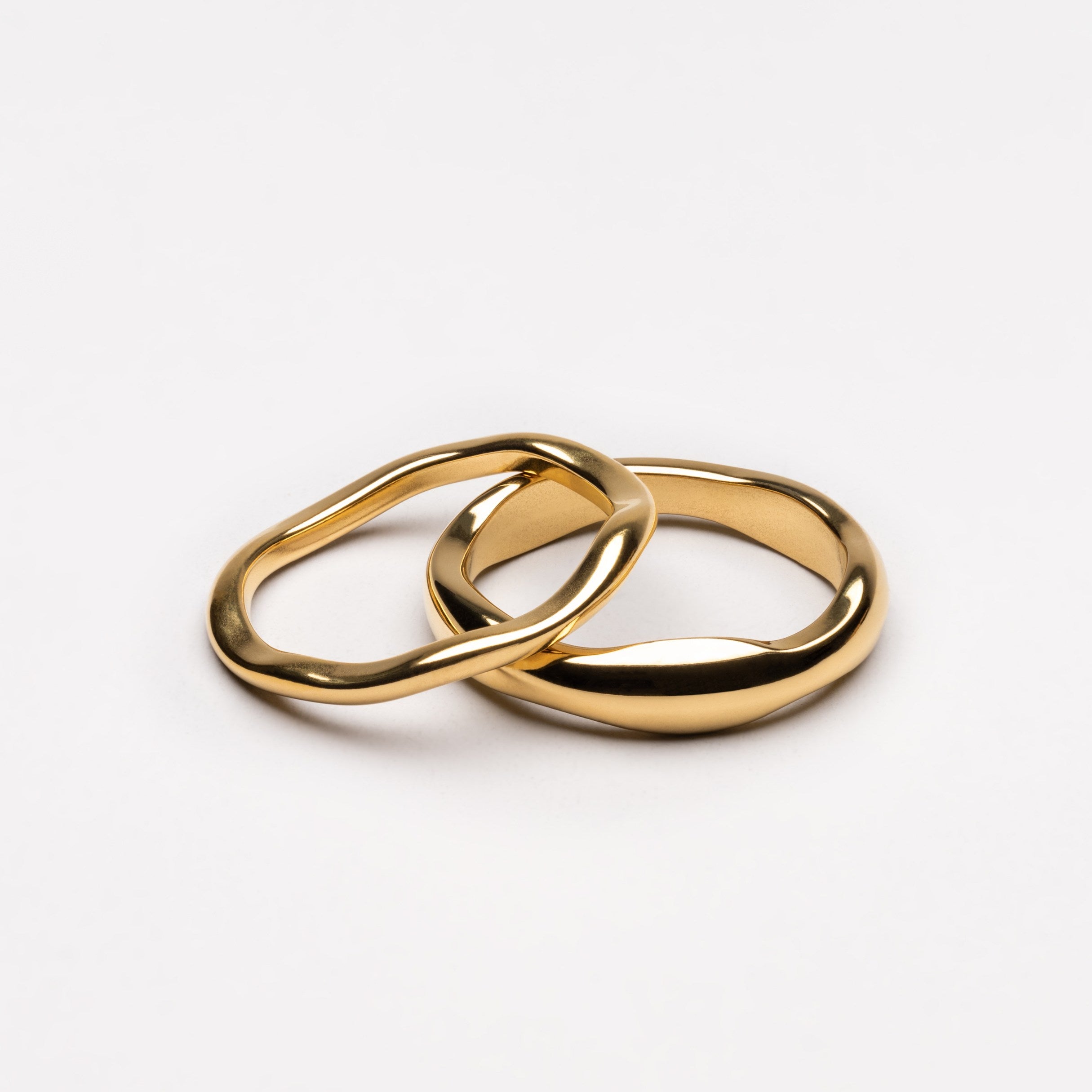


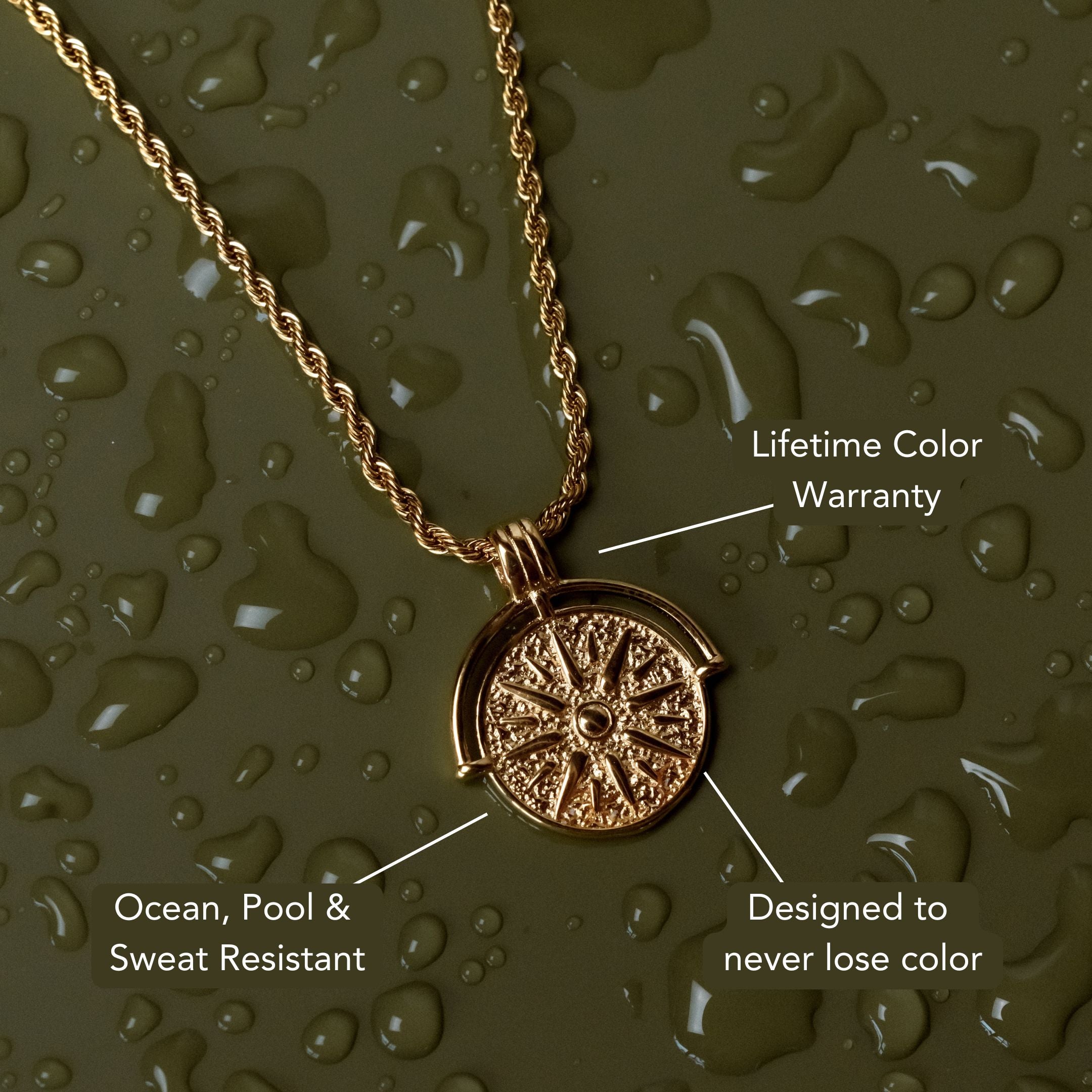
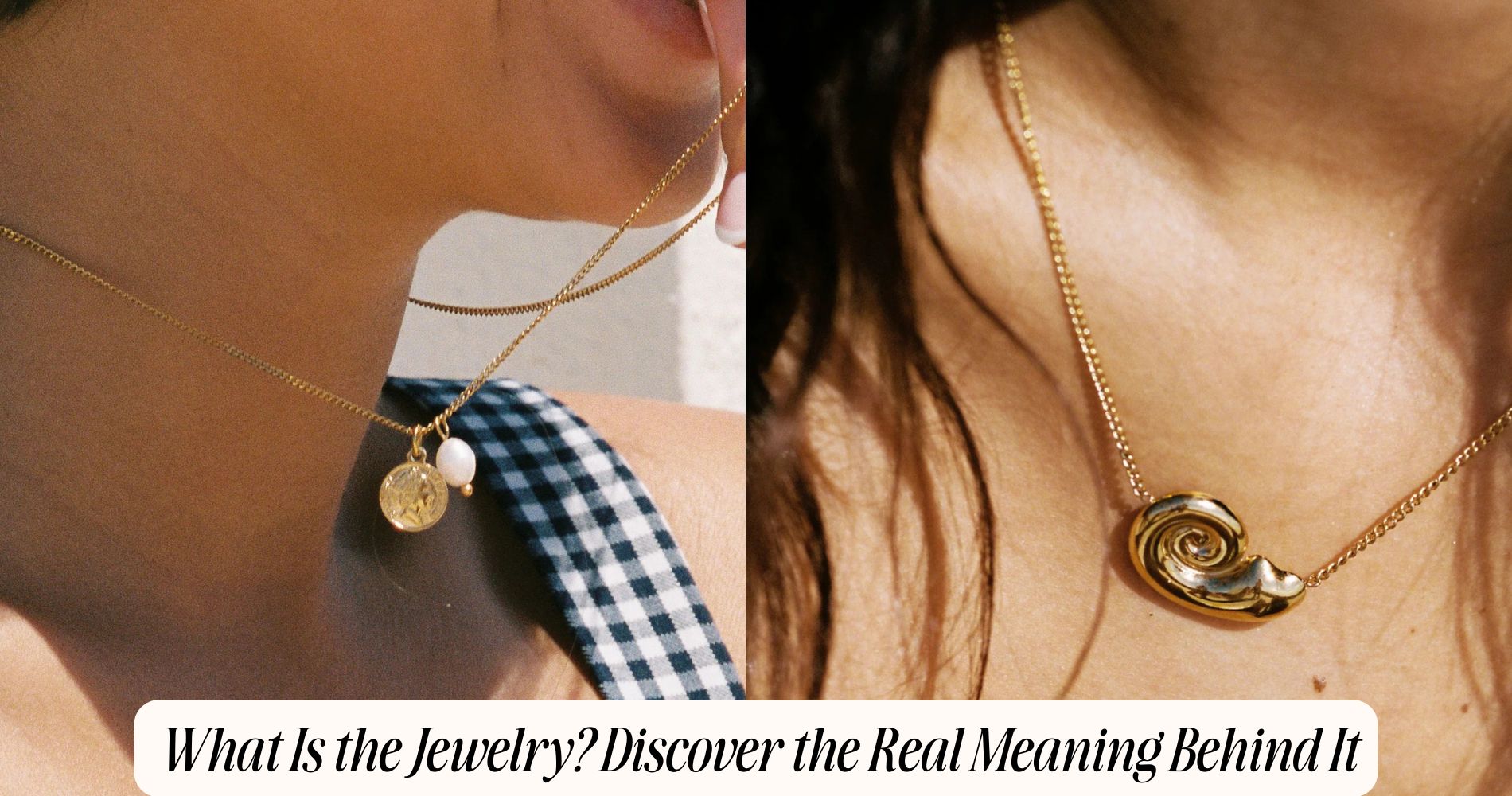




Leave a comment
This site is protected by hCaptcha and the hCaptcha Privacy Policy and Terms of Service apply.